Once upon a time, marketing departments and sales departments worked in separate areas of the corporate spectrum. Sales hit the ground running and interacted with prospects on a daily basis. Often times, the relationships built with prospects did not translate into useful knowledge for the marketing department. Meanwhile, the marketing department would spend countless hours researching prospect demographics, client feedback and market reports in an effort to develop sales enabling collateral. Communication between the two groups was minimal, resulting in a less than optimal revenue growth practice.
Today, there is a flurry of communication tools available that should make life easier, but often times it just makes it more confusing. The next few paragraphs will outline some best practices for aligning your sales and marketing team.
1. Sharing is caring, especially when you set up closed-loop reporting
We are all looking to help each other grow. Marketing has a vested interested in driving leads and sales in closing those leads. Closed Loop reporting means that both marketing and sales are accountable to each other for the information gathered from their activities. The best way to set up a transparent process for closed-loop reporting is to use a good marketing automation software as well as a CRM. Our agency as well as our clients use both of HubSpot’s marketing and sales offerings.
Having the reporting in one place makes communication easier:
The marketing department can easily share the lead intelligence gathered by form submissions on the site. They will also share lead notifications with appropriate sales staff and management.
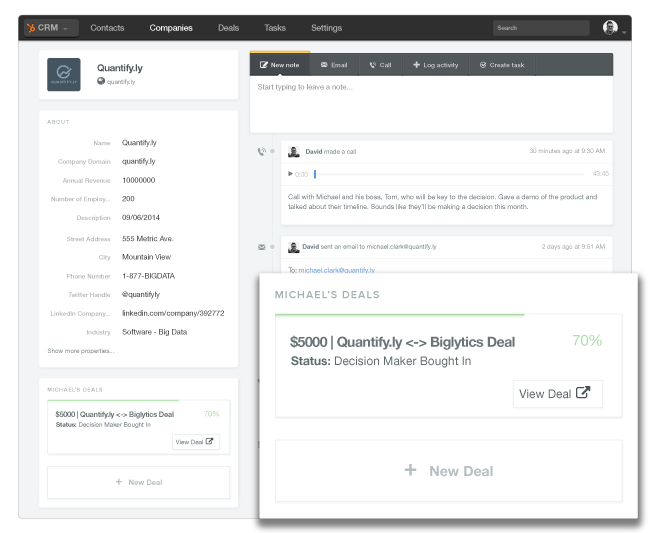
The Sales department will in turn communicate contact touches, lead status updates, and revenue numbers.
Contact Touches:
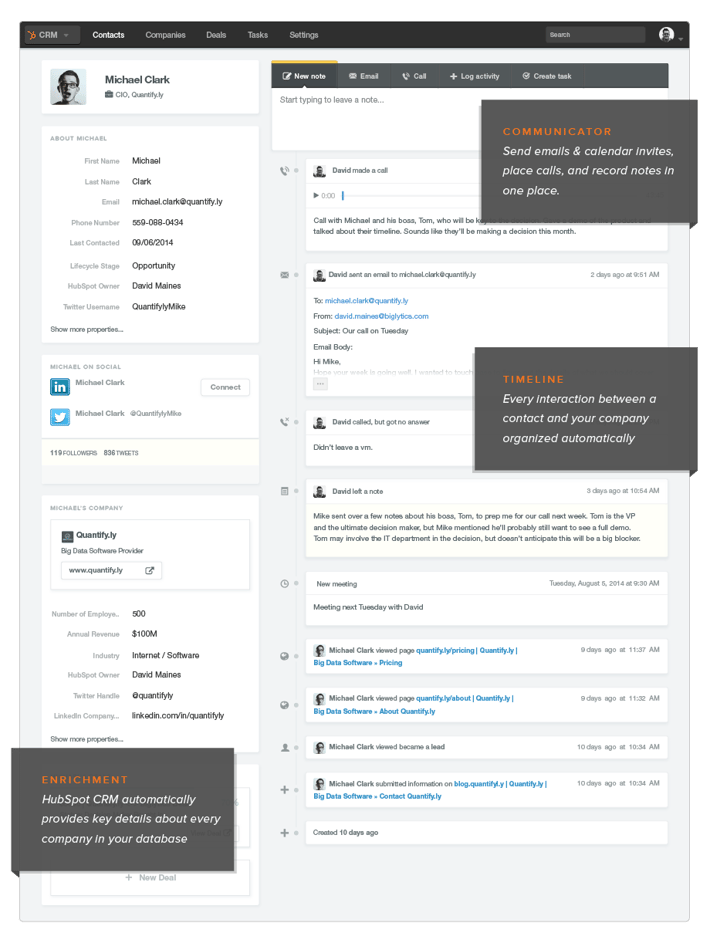
Leads Status Updates and Revenue Numbers:
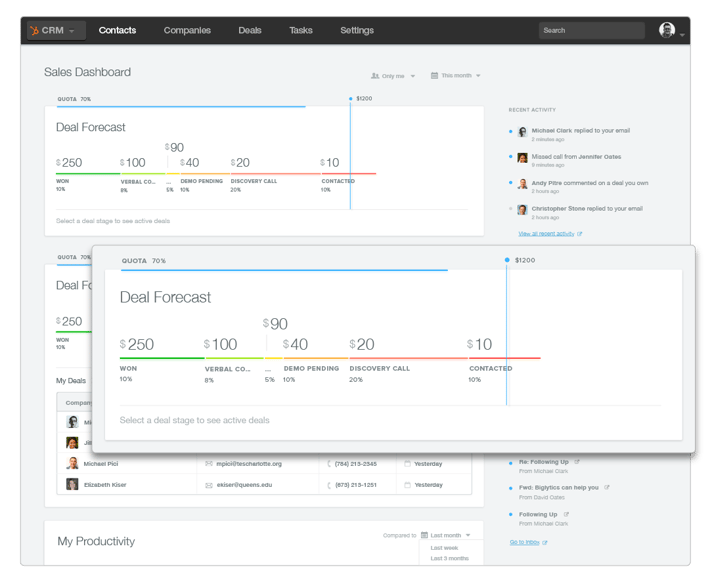
Once reporting is in place it’s easy to trace the channels that produce the best results e.g. Organic, Social Media, Paid Advertising, email marketing.
2. Define your sales and marketing funnel
Sales and marketing often disagree about the stages a lead goes through to become a customer. Defining what your customer’s buying journey is essential to successful team alignment. The first step is usually a visit. At Rizen the process we use to determine the flow starts at the visit, followed by converting it to a lead. We then identify if it is a marketing qualified lead, then a sales worthy lead and finally an opportunity and a new customer. Below is the workflow we use to determine our funnel:
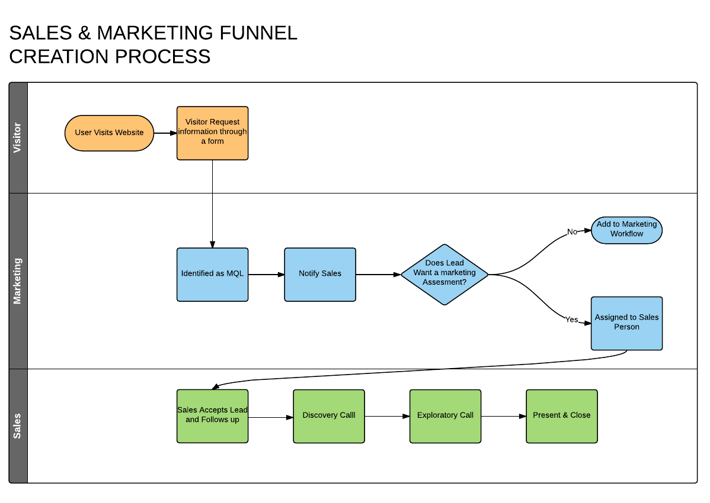
Keys Developing your funnel:
- Define a Marketing Qualified Lead - What makes a lead marketing worthy? What information will you capture? How will you determine the buying stage of the lead?
- Develop a System to Score the leads? What are the specific steps that will move the lead through the sales stages?
- Agree on Funnel Stages- Both Marketing and Sales teams will determine the funnel stages and at what point a lead will be handed off.
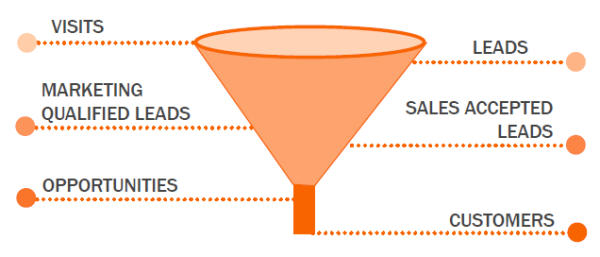
3. Set Goals and Reporting for Both Teams
Next, to successfully align your team, the members must develop goals and the methods of measurement. To determine goals on the Marketing Team side, they need to be specific, measureable, attainable, realistic, and time-bound. Here is a great article to how to set up SMART Marketing Goals.
For the sales team, come up with an estimate on your lead conversions using benchmarks from your past statistics.
4. Review reporting methods and dashboards.
It is paramount that the entire team is on the same page. The best way to ensure this is to set up reporting, review daily activity on dashboards and provide detailed monthly reports for both the marketing and sales teams.
5. Execute using 4 Disciplines
At Rizen we use the 4dx method to achieve our goals. 4dx stands for the 4 disciplines of execution, a book that outlines the “how” of effective execution.
Here is great summary summary by Dan Shawbel contributing writer to Forbes:
- Discipline 1 – The discipline of focus. Extraordinary results can only be achieved when you are clear about what matters most. As simple as this principle may sound, few leaders ever master it. 4DX teaches why focus is so critical and how to overcome your biggest source of resistance.
- Discipline 2 – The discipline of leverage. With unlimited time and resources, you could accomplish anything. Unfortunately, your challenge is usually the opposite: accomplish more with less. 4DX shows leaders where they can find real leverage and how to use it to produce extraordinary results.
- Discipline 3 – The discipline of engagement. You have the authority to make things happen, but you want more than that – you want the performance that only passion and engagement can produce. 4DX enables leaders to rise from authority-driven compliance to passion-driven commitment in themselves and the people they lead.
- Discipline 4 - The discipline of accountability. No matter how brilliant your plan or how important your goal, nothing will happen until you follow through with consistent action. 4DX brings the practices that drive accountability and follow through, despite a whirlwind of competing priorities.
Using the 4dx methodology allows us to move swiftly towards our goals. Each week we hold WIG (Wildly Important Goal) meetings and review reporting and dashboards as well as update our goal board. These meetings involve the whole team and each member is responsible for a weekly commitment that will help move the needle in the right direction.
Our weekly meetings are conducted using the following agenda:
- WIG review
- Lead measure assessment
- Updating the scoreboard
- Developing our weekly commitments
In Conclusion, sales and marketing alignment is possible so long as you can effectively engage your team to focus on the activities that will move you closer to your goals. Strategy is one part of the plan but execution is what will make the difference for successful teams.

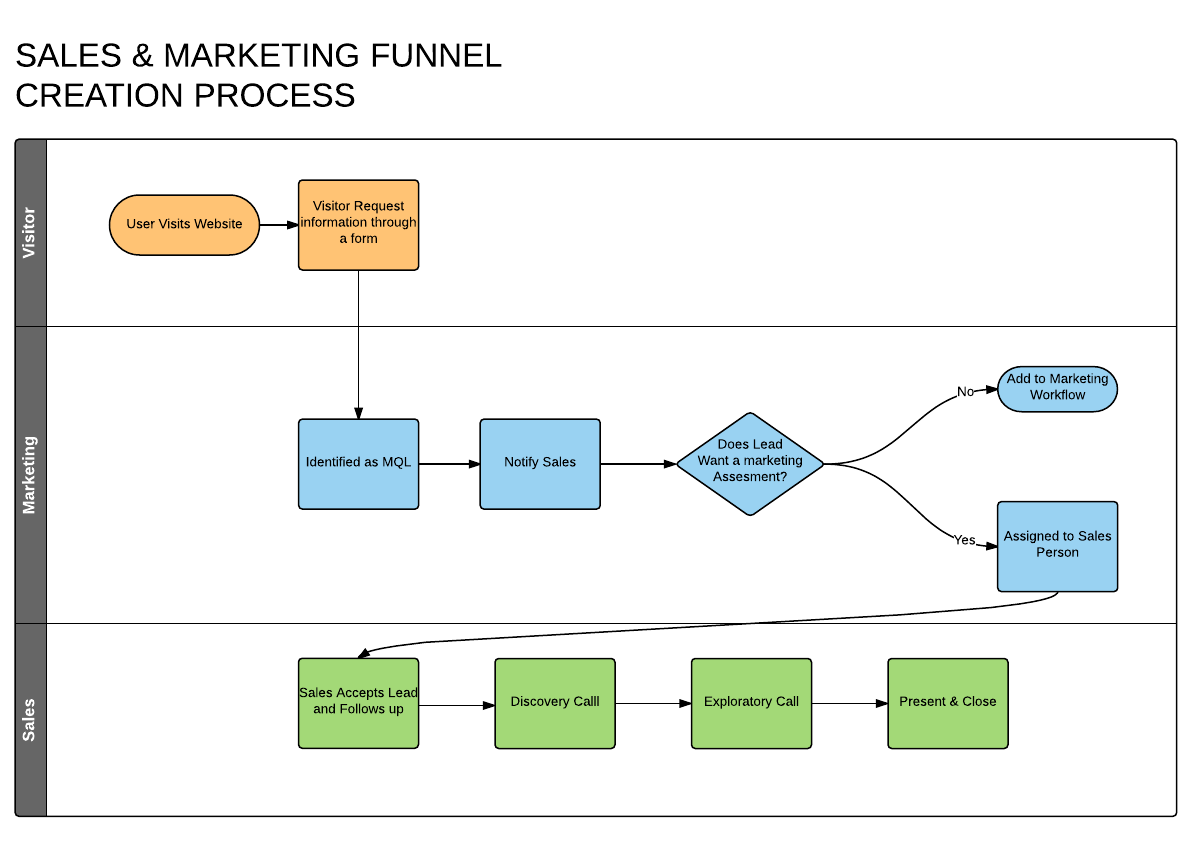


![Reignite Your Millennial Marketing Efforts With These [On Fleek] Ideas](https://blog.gorizen.com/hs-fs/hubfs/Podcast/009%20-%20Millennial%20Marketing%20Blog.gif?length=600&name=009%20-%20Millennial%20Marketing%20Blog.gif)


No Comments Yet
Let us know what you think